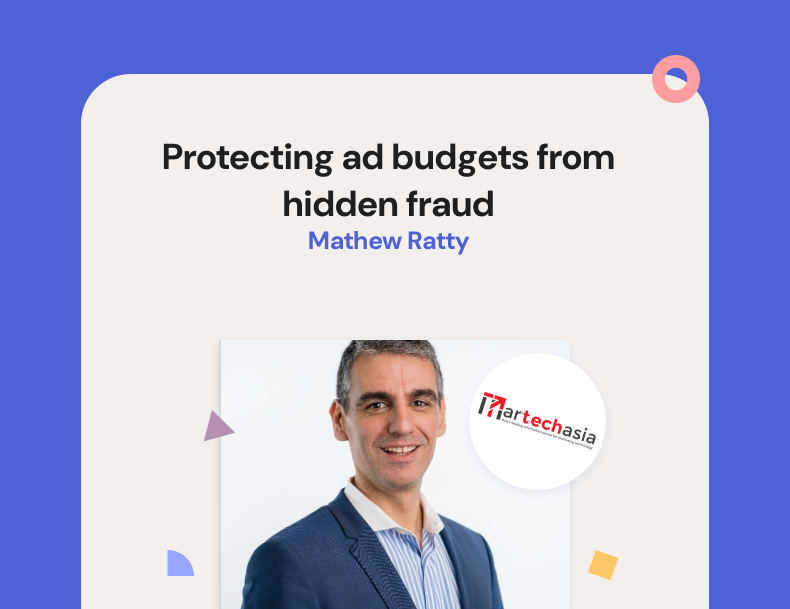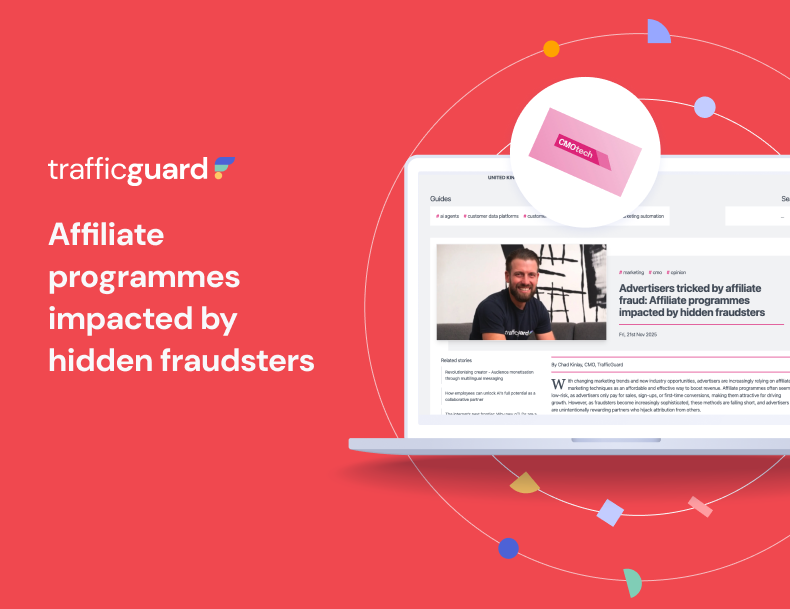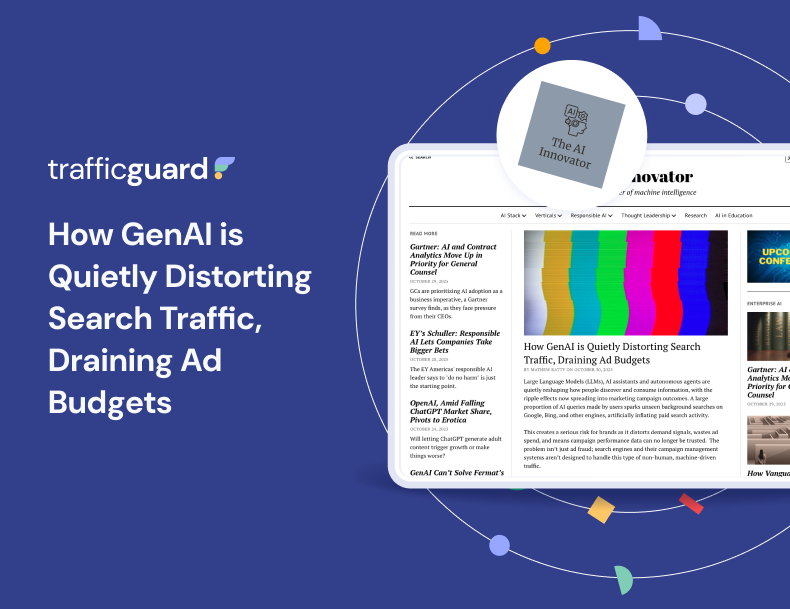Google's Adherence to its Own Invalid Traffic Policy Comes at the Expense of Advertisers

Advertising, in its essence, is a strategic tool designed to influence human behavior. It is the art of capturing the attention of potential customers and guiding them towards a particular product, service, or brand.
However, in the vast and competitive realm of Google's search environment, it is worth pausing to ponder a critical question: are your ads genuinely shaping behaviour, or are they merely acting as the default front door to your business? The debate regarding paid search cannibalizing organic search results is not a novel one, but the steps taken to address this issue in your search advertising campaigns offer a significant opportunity to enhance the effectiveness of your ad campaigns.
This opportunity becomes most prominent in the realm of consumer goods and services that are frequently purchased online. Think about products like cosmetics, entertainment, electronics, or travel services. These are sectors where people make frequent online purchases, often guided by their habits and preferences.
The front door is broken
To illustrate, let's meet Joe, an avid online gambler who frequently places bets on various sports events. Joe has an account with SportsBettingCo, and ahead of the Super Bowl, he instinctively turns to Google to find the website. When he searches for "SportsBettingCo," he clicks on the site link that appears at the top of the search results. However, Joe's interaction with the ad does not significantly influence his behavior. Even if the ad were absent, Joe would still have reached the same destination, SportsBettingCo's website. In essence, Joe is using the ad as a mere bookmark to access the site he was heading to regardless of the ad's presence.
Bidding on your own brand's terms often makes sense as a defensive strategy to protect your audience from competitors who might attempt to steal your customers. This is particularly true for brands with a strong online presence. However, there's a segment of customers searching for your brand who will find their way to your site, whether or not they see your ad. The design of Google's search experience tends to encourage users to click on your ad rather than your organic search result, and this can translate to unnecessary advertising costs.
One crucial aspect of advertising that often receives less attention is invalid traffic (IVT). IVT encompasses ad fraud as well as non-malicious forms of traffic that lack authenticity and the potential to deliver a return on investment for advertisers. In other words, it fails to influence the behaviour of the target audience.
Google defines IVT as engagement that may "artificially inflate an advertiser's costs or a publisher's earnings" and advises publishers to ensure that their ads "do not mimic the surrounding content." When applied to Google's own search ads, they don't always pass this policy logic. Google's practice of placing ads above organic listings means that some users might navigate through the ad without realizing they are engaging with an advertisement, resulting in artificial costs.
Over the years, Google's search ads have evolved to closely resemble organic search results. They occupy more and more real estate on the search engine result page (SERP) and are often prioritized above organic results. Many users navigate through ads without even realizing it because they take the shortest path to their desired destination. This blurring of lines between search ads and organic results raises questions about Google Ads playing by its own rules.
So, what can be done to address these challenges?
When it comes to brand advertising, it's essential to distinguish between brand advertising for incremental uplift and brand advertising that merely serves as a passage for existing customers to reach your site. While bidding on brand terms is a valid defensive strategy, it only addresses a portion of your audience. Some users will scroll past your competitor's ads to find your organic site result.
To make the most of your ad spend, redirect it to influence new traffic effectively. Here's how.
Get visibility: Start by gaining an understanding of how much of your budget is being allocated to people who engage with your ads habitually to access your site. While you can't read the minds of Google users, you can track the behaviour of a cohort of customers who frequently return through brand advertising and assess how much ad spend their activity consumes.
Measure your baseline: Before making any changes, establish a baseline by measuring your conversion volume across paid and organic channels. This baseline will serve as a benchmark for comparison when implementing changes.
Take action: Utilize a search verification tool for optimization. Implement custom validation against the sources of repeated engagement. This step helps you ensure that your ad budget is more effectively targeting those users who can be influenced.
Measure change: After implementing custom validation, assess whether the overall number of conversions has changed. Success can be seen in the following outcomes:
Paid search: A decline in total conversions due to reduced ad engagement from customers who would have visited your site anyway. However, this decline should be offset by an increase in net-new conversions because more of your budget is now directed at influencing impressionable audiences.
Organic search: An increase in total conversions that surpasses the decrease in paid search conversions. All those customers who previously navigated through advertising out of habit now fall into this category.
Overall, An increase in total conversions because more ad spend is channeled toward reaching new customers.
The phenomenon of paid search cannibalizing organic search results is a long-debated issue. Many search professionals recognize its existence, but they often struggle to find effective solutions. However, it presents a unique opportunity for search advertisers to reclaim their budget and channel it more effectively to deliver overall gains to their marketing efforts.
In conclusion, advertising is a powerful tool, but its effectiveness should not be measured solely by its ability to act as a default front door to your business. It should be seen as a means to influence behavior, capture new audiences, and drive growth. By understanding the dynamics between paid and organic search and taking action to optimize your advertising strategy, you can ensure that your advertising dollars are spent where they can make the most significant impact.
Read more 👉 here.
Get started - it's free
You can set up a TrafficGuard account in minutes, so we’ll be protecting your campaigns before you can say ‘sky-high ROI’.
At TrafficGuard, we’re committed to providing full visibility, real-time protection, and control over every click before it costs you. Our team of experts leads the way in ad fraud prevention, offering in-depth insights and innovative solutions to ensure your advertising spend delivers genuine value. We’re dedicated to helping you optimise ad performance, safeguard your ROI, and navigate the complexities of the digital advertising landscape.
Subscribe
Subscribe now to get all the latest news and insights on digital advertising, machine learning and ad fraud.







